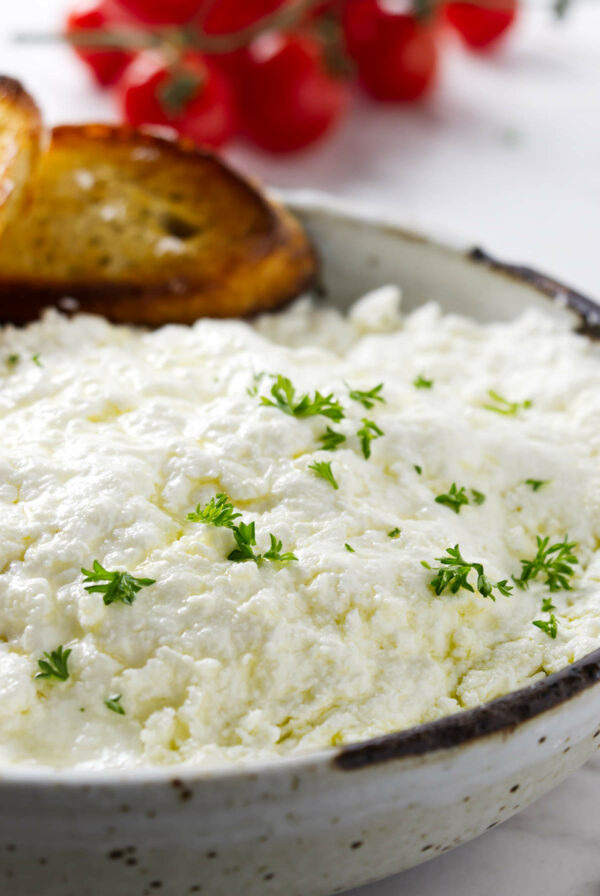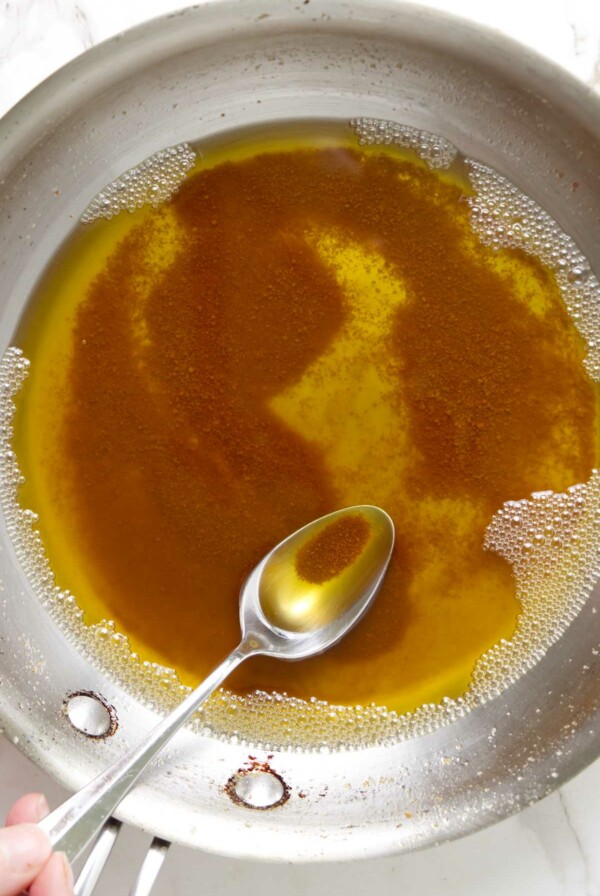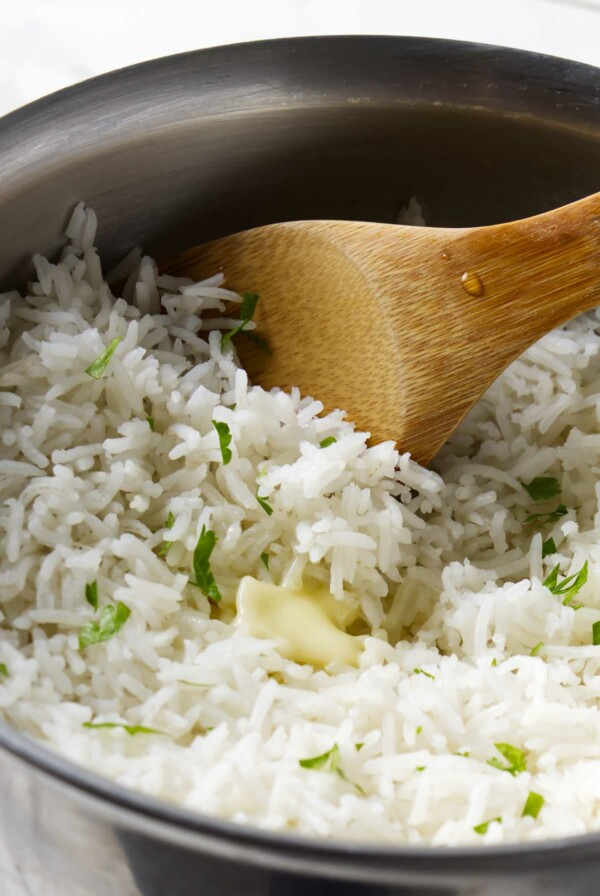This post may contain affiliate links. Please read our disclosure policy. As an Amazon Associate, I earn from qualifying purchases.
Curious about what meat tenderizer is and how it can transform tough cuts of meat into mouthwatering dishes? We’re here to explore the world of meat tenderizers. Discover what they are, how they work, and when to use them. Whether you’re an experienced cook or just starting out, join us in unraveling the mysteries of tenderizing meat. It’s time to elevate your cooking skills with this essential kitchen ingredient or tool.
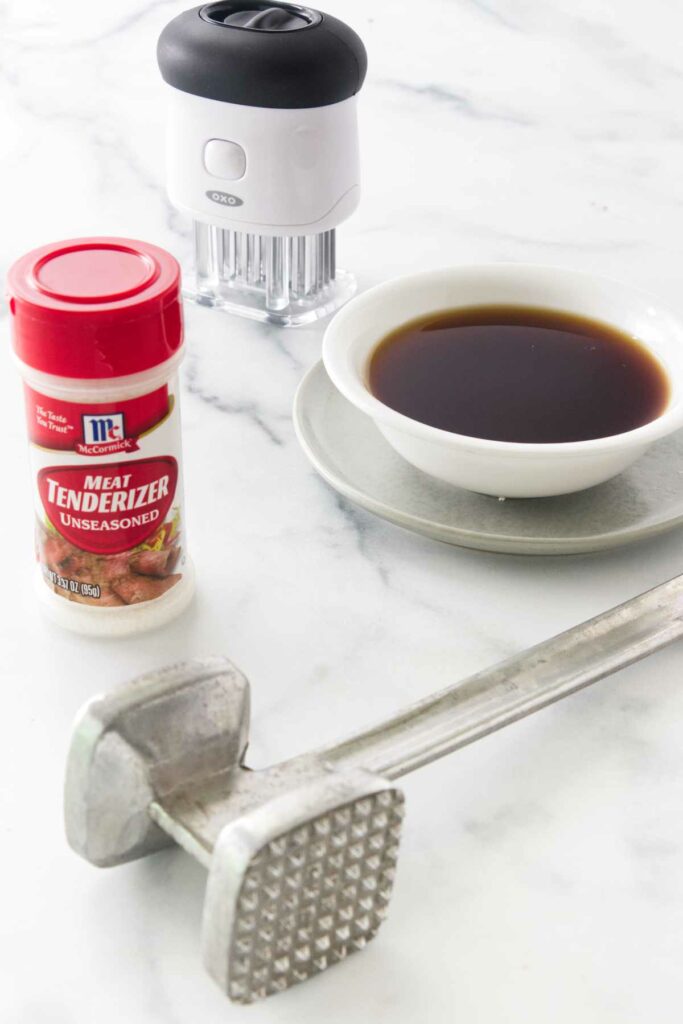
Mechanical Tools That Transform and Tenderize
Mechanical meat tenderizers are tools or devices designed to physically break down the tough fibers in meat, making it more tender and easier to chew.
Bladed Meat Tenderizing
This type of meat tenderizer is a tool that has a series of small blades or needles that pierce the meat’s surface. When you press or roll them over chicken, steak, or other cuts of meat, the blades create small cuts or perforations in the meat. This process not only mechanically tenderizes the meat but also helps it absorb marinades and seasonings more effectively.
The key principle behind mechanical meat tenderizers is the physical disruption of muscle fibers in the meat. As you use these tools on chicken, steaks, or other proteins, they break apart the tough collagen and connective tissues. This process makes the chicken, beef, or other meats more tender and allows them to cook more evenly.
Mallet Magic: Using a Tenderizer Pounder
These are handheld tools with a flat or textured surface. To use a mallet, place the meat between plastic wrap or parchment paper to prevent splattering. Gently pound the meat with the mallet to break down the muscle fibers, making it tender.

Chemical Meat Tenderizers
Chemical meat tenderizers are substances that can be applied to meat to break down the tough fibers through a chemical process. This type of tenderizer often comes in the form of powders or marinades, which are typically made from natural enzymes found in fruits like papaya (papain) and pineapple (bromelain).
When you sprinkle or rub these tenderizers onto the meat, or soak the meat in a marinade, the enzymes begin to break down the meat’s protein structure. This makes the meat softer and easier to chew. However, use caution with this type of tenderizer. If left on too long, they can over-tenderize the meat, making it mushy.
Chemical Meat Tenderizers: Enhancing Meat Texture and Flavor
Chemical meat tenderizers encompass a variety of options, including marinades, powders, seasonings, and even the common use of salt. These methods utilize enzymes or acids to break down the tough muscle fibers in meat, differing from the mechanical meat tenderizer, which achieves tenderness through physical means.
Marinades and powdered tenderizing agents typically require 15 to 30 minutes to transform even the toughest cuts into culinary delights.
Using Powders and Seasonings to Tenderize Meat
These are dry powder mixtures typically containing enzymes like papain or bromelain, or acids like citric acid. These substances work by breaking down proteins in meat, making it tender.
To use tenderizer powder/seasonings, you sprinkle them evenly over the meat’s surface and let them sit for a designated time, as specified on the product label.
After the specified time, you can rinse off excess powder and proceed with cooking.
Using Marinades as a Meat Tenderizer
Marinades are liquid mixtures often containing ingredients like vinegar, citrus juices, yogurt, or wine, which provide natural acids that act as a tenderizer and break down meat fibers. Additionally, marinades may contain enzymes like those found in pineapple or kiwi.
To use marinades, you immerse the meat in the liquid mixture and let it marinate for a specified duration, which can vary depending on the recipe.
The acids and enzymes in the marinade work to tenderize the meat while infusing it with flavor.
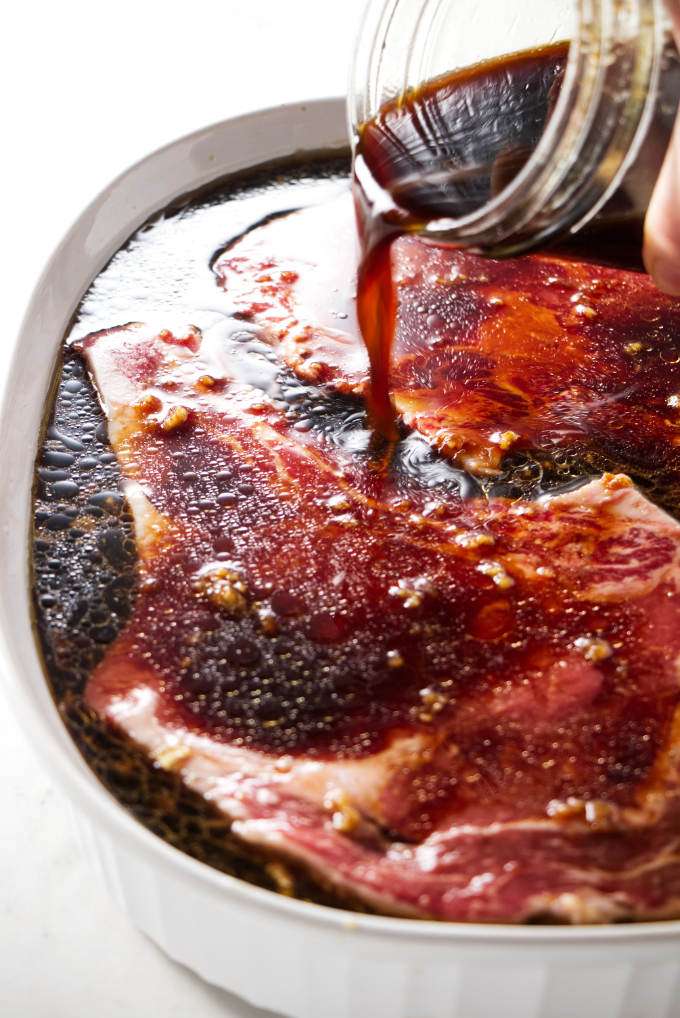
Using Salt as a Meat Tenderizer
Salt can function as a meat tenderizer through a process involving osmosis and the denaturation of proteins. When salt is applied to meat, it draws out moisture, creating a brine that aids in the tenderizing of muscle fibers and enhances the natural flavor of the meat.
Time Tested: The Art of Slow Cooking
Slow cooking is an art form that elevates even the toughest cuts of meat into succulent, melt-in-your-mouth creations. Unlike mechanical or chemical methods of meat tenderizer, this approach relies on the magic of time and patience to tenderize meat. A prime example is our classic Pernil recipe.
In the realm of slow cooking, time is the key ingredient. When you place a tough cut of meat in a slow cooker or Dutch oven, you subject it to a prolonged, low-temperature cooking process. This slow and gentle heat breaks down the connective tissue slowly over hours of cooking.
As the collagen dissolves, it transforms into rich, silky gelatin, which not only aids in the tenderizing of the protein but also infuses it with incredible flavor. The result is meat so tender that it practically falls apart with the touch of a fork.
(And, if you have leftovers, check out our post about what to make with leftover pork roast).
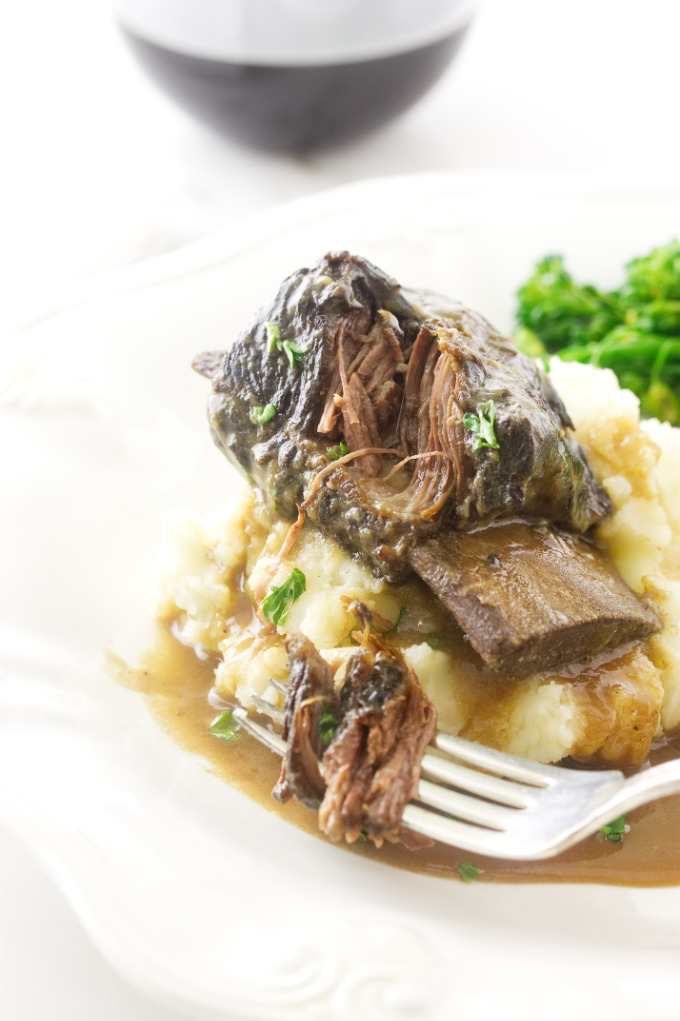
The Velvet Touch: How Velveting Works
In the world of meat tenderization, there’s a technique that often flies under the radar but consistently delivers remarkable results: velveting. This method, originating from Chinese cuisine, is a game-changer as a tenderizer.
Velveting begins by coating thin strips or bite-sized pieces of meat with cornstarch and letting it sit for about 30 minutes. Sometimes the cornstarch is combined with egg whites or baking soda.
As it sits, the cornstarch draws out moisture from the meat and creates a gel-like coating that protects the protein during cooking. When baking soda or egg whites are added to the cornstarch, they change the pH of the meat and further enhance its tenderness. Additional ingredients like soy sauce or rice wine vinegar will not only enhance the flavor but act as an additional tenderizer.
Choosing the Right Method
There are various methods of meat tenderizing, each with its own unique benefits and techniques. Choosing the right tenderizer depends on the type of meat you have and your personal preference. Many times you can combine different types of tenderizing methods.
- Slow Cooking and Marinades: For large roasts such as beef chuck, brisket, or pork shoulder, slow cooking, marinades, and seasoned tenderizing agents can work wonders.
These cuts, which have more connective tissue, benefit from a long, slow cooking process, and enhancing their flavor with marinades and seasonings can further elevate the final dish. - Mechanical and Chemical Tenderizer: For smaller but moderately thick cuts such as steaks, chicken breast, boneless chicken thighs, and pork chops, mechanical tenderizing methods such as pounding or a blade tenderizer work well. You can also use marinades and dry tenderizers.
- Velveting and marinades: For thinly sliced cuts, such as those used in stir-frying, both velveting and marinades are excellent options.
From the humble mallet to the intricate bladed tenderizer tools, and the flavorful marinades, using a meat tenderizer is both a science and an art. These methods have the power to turn even the most stubborn cuts into tender morsels.
A meat tenderizer is your ticket to creating unforgettable recipes. With the right approach, you’ll unlock the secret to transforming ordinary ingredients into extraordinary meals. A bonus is that you will save on your grocery bills because you can turn an inexpensive cut of meat into a delicious, tender dish.
And remember, even with a perfectly tenderized piece of meat, if it gets overcooked, it will be tough and dry. Make sure you know how to use a meat thermometer so you get everything just right.


